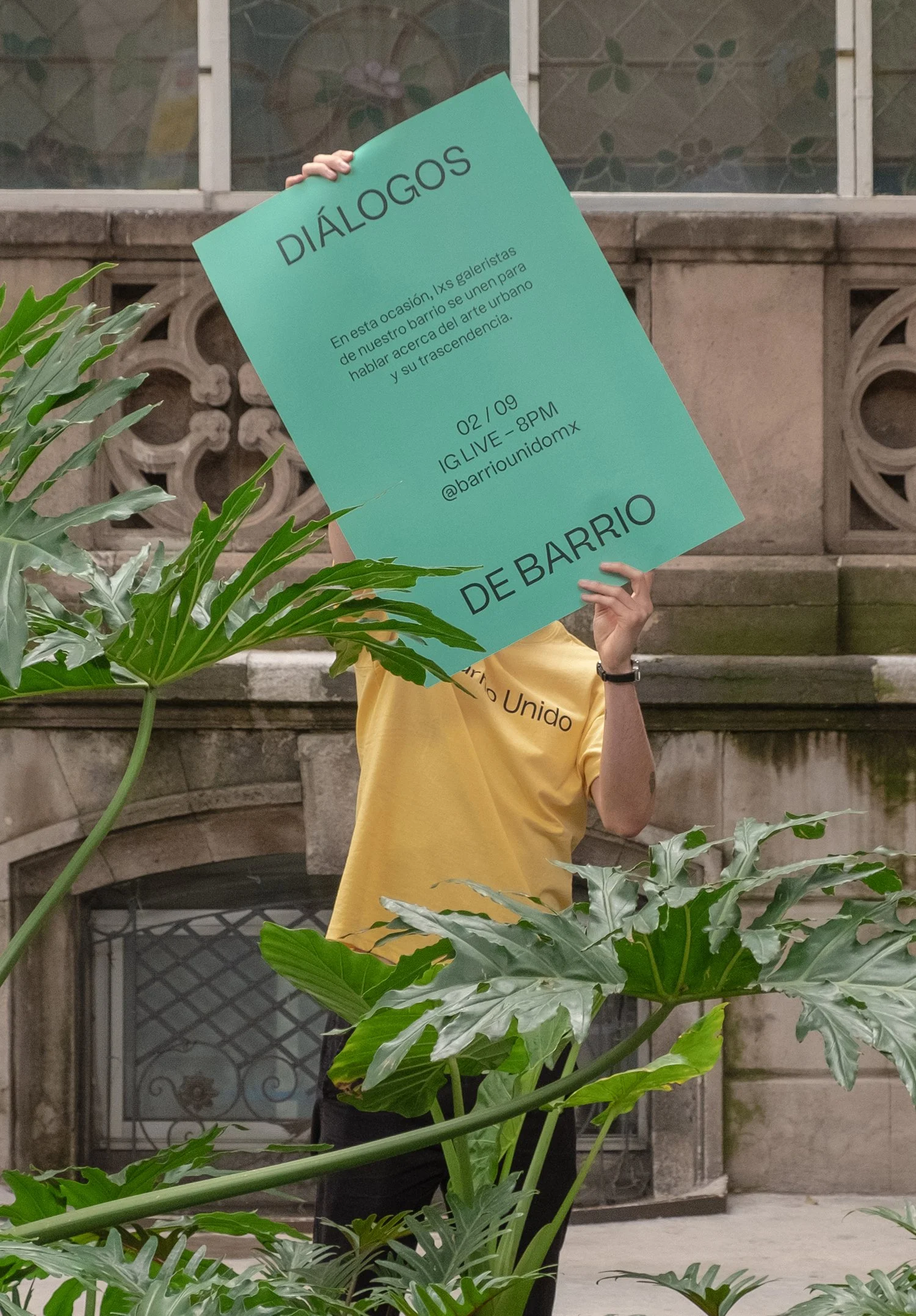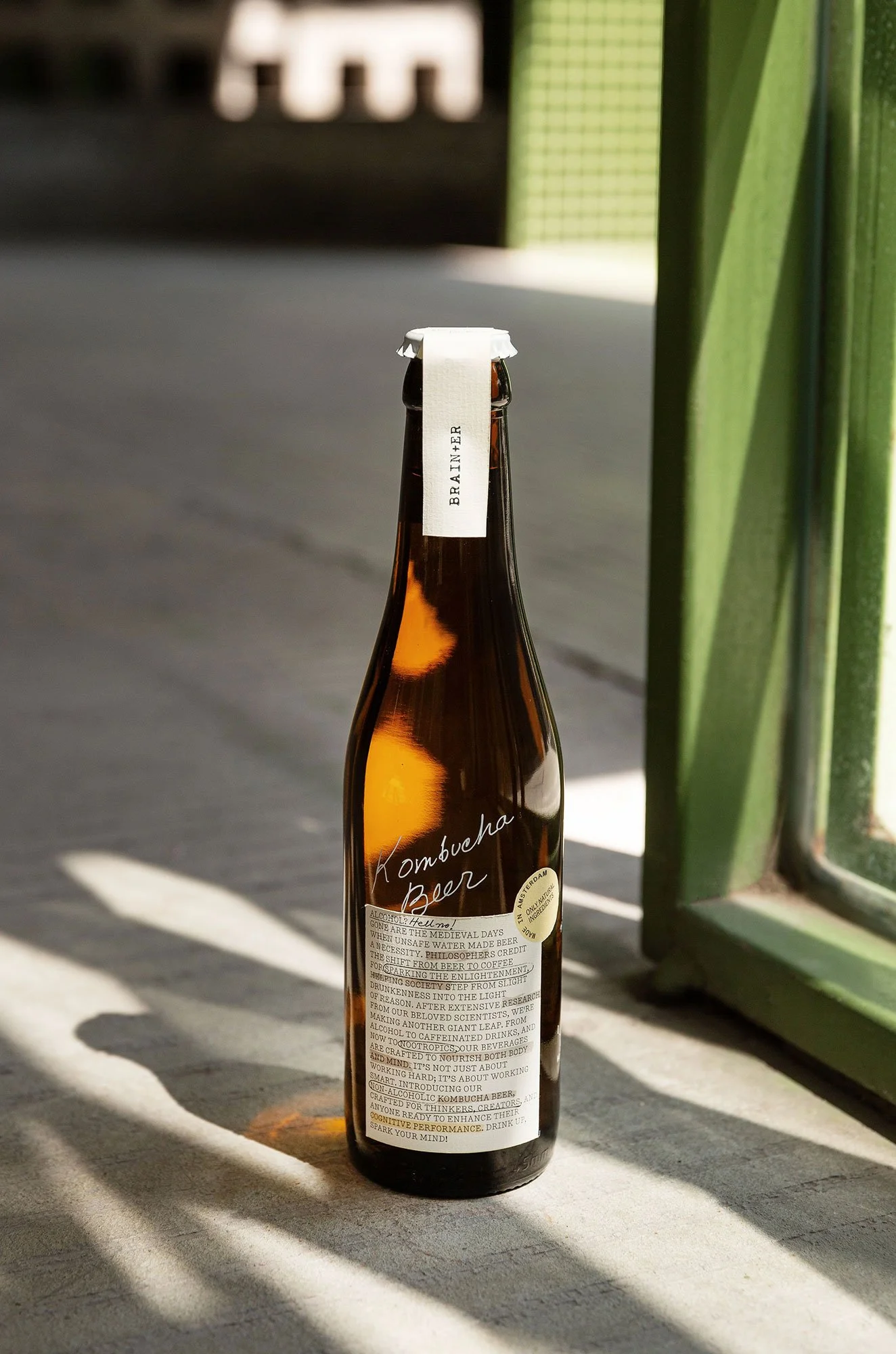What is Regenerative Branding?
Regenerative Branding is a branch of brand strategy that uses the power of marketing, digital storytelling, and cultural movements to heal culture, advance meaningful sustainability efforts, and revitalize local communities.
The Problem
Today’s media is shaped by algorithms that decide what we see, believe, and aspire to. What feels like an organic flow of content is actually a system designed to reward what grabs the most attention and drives the most sales. Often at the expense of truth, dignity, and the planet.
Our Philosophy
Just as regenerative agriculture works in harmony with nature to restore soil and ecosystems, regenerative branding works in harmony with culture to restore trust, pride, and possibility. It uses the tools of advertising not to extract value, but to return it—amplifying stories and movements that help communities thrive.
Our Approach
To tackle climate change and create fairer, more resilient value chains, we must first rewrite the narratives of value and aspiration. We do this by:
Applying the same creativity and precision as traditional advertising—but in service of causes that rebuild and dignify.
Portraying rural and local stories in diverse, authentic, and nuanced ways—never reducing them to clichés.
Designing campaigns that not only sell, but also shift perceptions and restore cultural pride.
Embedding social, environmental, and economic impact into the DNA of every brand strategy.
The Opportunity
Every creative brief is a chance to seed change. When sustainability goals are built into the strategy from the start, half the work is done. The rest is crafting stories that reshape consumer culture—stories that make responsibility aspirational, and regeneration irresistible.
If we believe regenerative agriculture can restore soil and landscapes, we can also believe regenerative branding can restore culture, connection, and trust.
THE REGENERATIVE BRANDING FRAMEWORK
1. Rooting – Align on the Cultural Shift
Every regenerative brand begins by grounding in the change it seeks to make.
Define the cultural shift needed for regeneration (e.g., making the aquifer part of local and brand identity so it’s protected with pride).
Identify the identity transformation required for that shift to stick.
Use cultural mapping (proprietary methodology or tech) to uncover drivers, barriers, and community needs.
Incorporate these insights into the brand brief, ensuring the foundation is purpose-led and impact-driven.
2. Restoring – Deconstruct and Heal
Before planting new stories, we remove what’s harmful and create space for what’s healthy to grow.
Audit past messaging and imagery for clichés, stereotypes, and extractive narratives.
Identify how current communications may reinforce or undermine regenerative goals.
Engage stakeholders early so the brand narrative builds on trust and mutual respect.
3. Seeding – Map the Strategy & Narrative Architecture
Translate insight into a regenerative brand plan.
Build the strategic journey: milestones, storytelling arcs, and key activations.
Design narratives and actions that shift perception and behavior with the same creative rigor brands use to sell anything—but in service of cultural and ecological health.
Ensure every seed planted aligns with long-term community benefit.
4. Cultivating – Co-Author the Story
Growth happens when the community owns the narrative.
Engage farmers, local leaders, creatives, and culture-bearers as co-authors.
Root the story in local voices, traditions, and symbols.
Replace top-down messaging with participatory creation.
Example: If creating a soccer team is key, let local kids design the logo and shape the campaign so it reflects their reality—not an outsider’s projection.
5. Pollinating – Activate & Spread
Turn the narrative into a living, participatory movement.
Launch campaigns and actions that make people proud to join the story.
Build coalitions with aligned partners, media, and cultural influencers.
Ensure messaging invites participation, not just consumption.
6. Harvesting – Embed & Return Value
Measure, celebrate, and reinvest so regeneration is ongoing.
Show clearly how engaging with the brand reinforces cultural bonds and ecosystem health (e.g., “When you drink this juice, you’re part of the watershed’s story”).
Measure social, environmental, and emotional impact alongside traditional KPIs.
Return value to the communities and ecosystems that gave the story life—closing the loop.
Core Belief:
If we can restore soil through regenerative agriculture, we can restore trust, pride, and connection through regenerative branding.
About Us
VVORKROOM is an award-winning creative studio specializing in branding and strategy, recognized for its distinctly human approach. Founded by Creative Director and writer Vicky González, who brings over 17 years of experience in the creative industry, the studio guides every project with empathy, clarity, and purpose.
Esteban Sheridan is a creative strategist working at the intersection of sustainability, food, and culture. He has led branding and expansion for regenerative food companies, developed ESG-driven products and supply chains, and collaborated with partners like Danone and Mitsui. With a background in advertising and journalism, his work spans national campaigns, editorial projects, and cultural initiatives exploring rural identity in Mexico.
Celestine Maddy is a global marketer with two decades of experience growing brands through strategic innovation and holistic transformation. She has led marketing at world-class companies like Pinterest and mission-driven organizations like Emerson Collective.
She is the founder of Wilder Quarterly, a publication for a growing world, and co-author of The Wilder Life. Celestine serves on the board of Tech for Campaigns, advises the AI large language model Latimer, and is currently building her next venture, Strataa.









